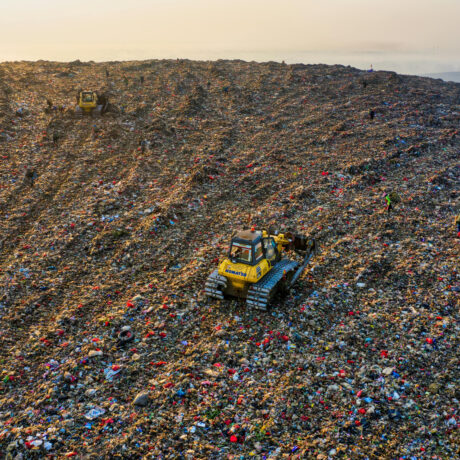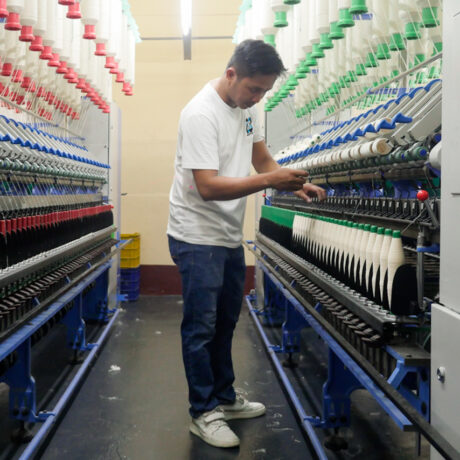Black Lives Matter
This article was initially published on our blog by the Fashion Revolution Brazil team and written by Bárbara Poerner, on Monday, June 1st. It has been translated into English below.
Black lives matter. And black lives were used for cotton production in the United States during slavery times.
Cotton has long been a protagonist in the textile industry. If today this natural fibre is the most used and produced around the world, it is because throughout history, it has been a driving product of our capitalist system. Cotton cultivation is very old – it predates the emergence of markets – but its production was one of the first textiles to be industrialised, during the period of the European Industrial Revolution, mainly in England. Cotton production widely spurred on the Industrial Revolution, and while women and children worked extensively in spinning mills in places like Manchester (United Kingdom), African people were kidnapped on their continent of origin and enslaved in huge cotton plantations in the United States and elsewhere.
The southern United States was a major cotton exporter and, consequently, a major producer. Many cotton workers were slaves, and although fibre and fabric were not the main item in the global trade at the time, millions of black people were enslaved to produce it. In the years to follow, those same southern US states had racism legislated through racial segregation. Today, this segregation is ongoing, not in laws, but institutionalized and intrinsic throughout the country. On May 25, 2020, a man named George Floyd was brutally murdered by the US police. This case, along with so many others, is part of the legacy of violence that racism promotes, and that years of slavery and racism fuel a policy of extermination of black people.
This reveals how the productive systems of fashion (textiles or clothing) are very supported by exploratory and perverse systems, which leave their marks of death until today. The cotton of the slavery period was the product of the slavery system, it was the product of the deaths of black people. That same system reveals itself today, with the murder of George Floyd, with the stray bullets that always find black bodies like João Pedro and João Vitor, with the deaths of others who are marginalized, and with the death of being able to dream and live in peace, breathing.
This problem is not exclusive to the USA, Brazil has its systems rooted in the same context of structural racism. And although colonisation and slavery here were different, with fewer cotton fields and more coffee and sugar fields, we see a manifestation of that same racism that also kills black people, expels quilombola[Indigenous] communities from their territories, marginalises the black population and leaves behind inequality. This process also occurs a lot through the exploitation of nature, which happens simultaneously with exploitation of people in this collection of injustices. Violence is renewed and runs through the entire fashion production chain, where many people, mostly women, are subjected to conditions of modern slavery and racism continues to show its face in the fields to which it passes.
We need to look at the past of the fashion industry and understand its implications for the present. We need to affirm our commitment to a revolution in fashion, to walk the walk, and accept the need to build firmly anti-racist actions in the present, so that there is no longer a future for racism.
It is urgent to revolutionize fashion because black lives matter. Ever important.
by Bárbara Poerner








